Home>Articles>What Collars Are Compatible With Invisible Fence
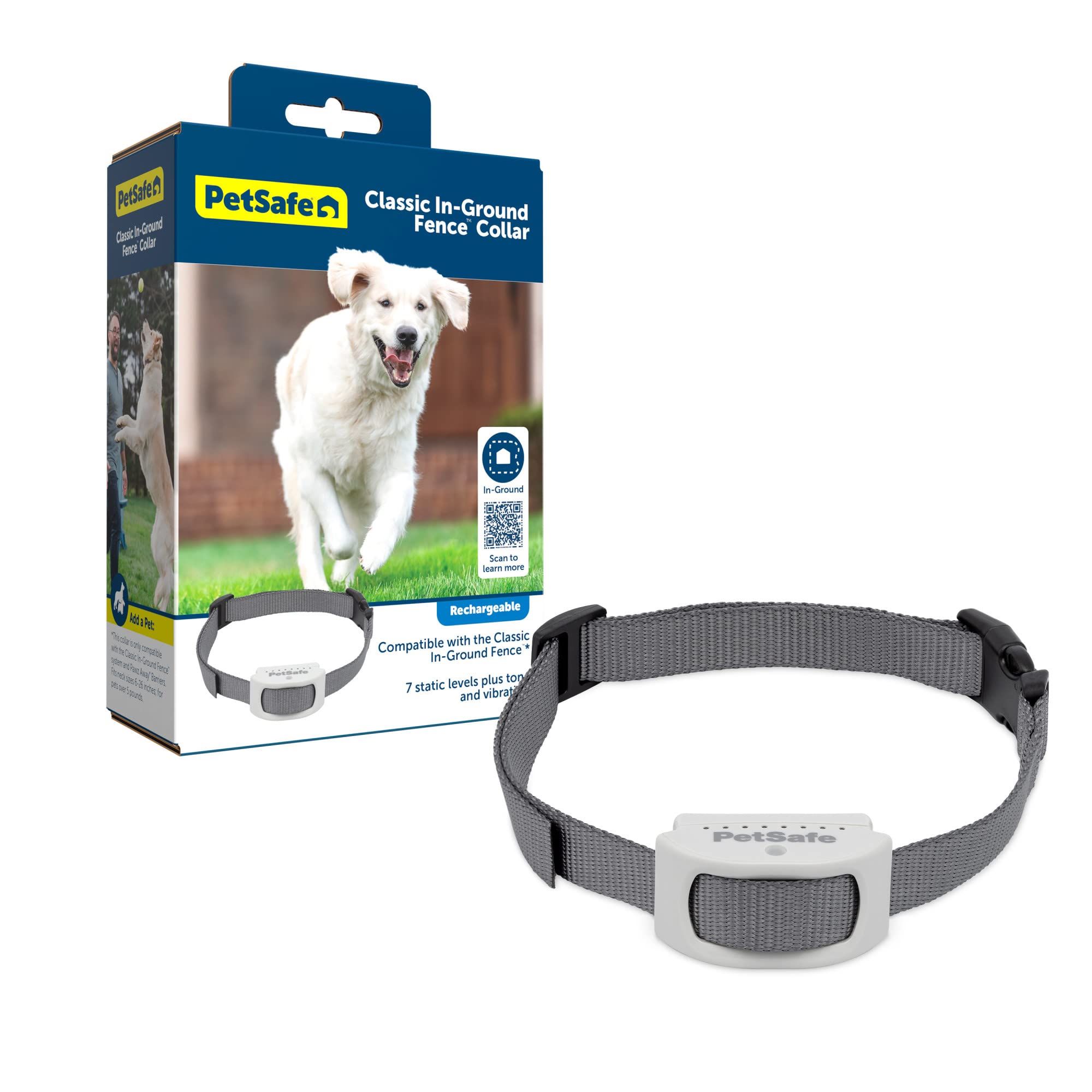

Articles
What Collars Are Compatible With Invisible Fence
Modified: February 23, 2024
Discover the best collar options to use with an invisible fence in this informative article. Find out which collars are compatible and ensure your pet's safety and freedom.
(Many of the links in this article redirect to a specific reviewed product. Your purchase of these products through affiliate links helps to generate commission for Storables.com, at no extra cost. Learn more)
Introduction
When it comes to keeping our furry friends safe and secure, invisible fences have become a popular choice among pet owners. These fences provide an effective way to contain pets within a specific area without the need for physical barriers. However, one essential component of an invisible fence system is the collar that the pet wears. The collar plays a critical role in communicating with the fence and ensuring that the pet stays within the designated boundaries. In this article, we will explore the different types of collars that are compatible with invisible fences and provide insights on how to choose the right one for your pet.
Key Takeaways:
- Choose the right collar for your pet’s invisible fence system by considering factors such as size, temperament, compatibility, and functionality to ensure their safety, containment, and training.
- Evaluate the benefits and drawbacks of different collar options, and follow essential tips for using collars with invisible fences to maximize their effectiveness and safety.
Understanding Invisible Fences
Invisible fences, also known as underground or electric fences, are a popular alternative to traditional physical fences. They use a combination of underground wires and wireless signals to create an invisible boundary for your pet. The system consists of a transmitter that is installed either indoors or outdoors, and a receiver collar that is worn by the pet. When the pet approaches the boundary, the collar emits a warning beep followed by a static correction if they continue to venture beyond the set limits. This acts as a deterrent and trains the pet to stay within the safe zone.
An invisible fence offers several advantages over traditional fences. Firstly, it provides an unobstructed view of the surrounding area, maintaining the aesthetic appeal of your property. Additionally, invisible fences are typically more cost-effective and easier to install compared to physical fences. They can also be customized to fit the specific layout of your property, making them suitable for households of any size.
Despite their effectiveness, it’s important to note that invisible fences may not be suitable for all pets or situations. They require proper training and supervision to ensure the pet understands the boundaries and reacts appropriately to the warning signals. Additionally, some pets may be more resistant to the static correction and may require additional training or alternative containment solutions.
Now that we have a basic understanding of how invisible fences work, let’s explore the different collars that are compatible with these systems and how to choose the right one for your pet’s specific needs.
Choosing the Right Collar for an Invisible Fence System
When it comes to selecting a collar for your pet to use with an invisible fence system, there are several factors to consider. Each pet has unique needs and preferences, so it’s important to choose a collar that is suitable for their size, temperament, and training requirements. Here are some key considerations to help you make an informed decision:
- Size and weight: Ensure that the collar is the appropriate size and weight for your pet. It should be comfortable to wear without causing any discomfort or irritation.
- Waterproof and durable: Look for a collar that is waterproof and resistant to wear and tear. This is especially important if your pet enjoys water activities or spends a lot of time outdoors.
- Battery life: The collar should have a long-lasting battery life to ensure that it remains operational for extended periods. Consider the type of batteries used and their availability.
- Adjustability: A collar with adjustable settings allows you to customize the level of correction based on your pet’s training needs. It should have multiple levels of static correction to suit different pet temperaments.
- Range: Consider the range of the collar to ensure it covers the desired containment area. Some collars have a limited range, while others offer a wider coverage area.
- Additional features: Some collars come with additional features such as remote training capabilities, GPS tracking, or sound-only modes. Evaluate these features to determine if they align with your training goals and pet’s needs.
By considering these factors, you can narrow down your options and choose a collar that best suits your pet’s needs. It’s important to consult the manufacturer’s guidelines and recommendations to ensure compatibility with your specific invisible fence system.
Next, let’s take a closer look at the different types of collars that are compatible with invisible fences and explore their features and functionality.
Types of Collars Compatible with Invisible Fences
When it comes to collars compatible with invisible fences, there are a few different options to choose from. Each type of collar offers its own set of features and functionality. Let’s take a closer look at these options:
- Standard Static Correction Collars: These collars provide a static correction when the pet crosses the invisible fence boundary. The level of static correction can usually be adjusted to suit the pet’s sensitivity. They are available in a range of sizes and are suitable for pets of all temperaments.
- Progressive Static Correction Collars: Progressive collars offer a more advanced form of correction. The static correction starts at a milder level and gradually increases if the pet continues to approach or cross the boundary. This type of collar is ideal for sensitive pets who may not respond well to a sudden, strong correction.
- Tone-Only Collars: As the name suggests, tone-only collars emit a warning tone when the pet approaches the boundary. They do not provide any static correction. These collars are suitable for pets who are sensitive to sound and respond well to auditory cues.
- Vibration Collars: Vibration collars use vibrations instead of static correction to communicate with the pet. They emit a gentle vibration as a warning signal when the pet nears the boundary. Vibration collars are suitable for pets that are sensitive or may have a negative reaction to static correction.
- Remote Training Collars: Remote training collars provide additional control and training capabilities. They allow you to deliver a corrective stimulus via a remote control, helping to reinforce commands or discourage unwanted behavior. These collars are especially useful for training purposes in addition to containing your pet within the invisible fence boundaries.
It’s important to note that not all invisible fence systems are compatible with all types of collars. Before purchasing a collar, ensure that it is specifically designed to work with your invisible fence system. Always follow the manufacturer’s guidelines and recommendations for the best results.
Now that we understand the different types of collars available, the next step is to evaluate their features and functionality before making a final decision. We’ll explore this in the next section.
Evaluating Collar Features and Functionality
When selecting a collar for an invisible fence system, it’s important to carefully evaluate the features and functionality of each option. This will help ensure that you choose a collar that best suits your pet’s needs and training requirements. Here are some key aspects to consider when evaluating collar options:
- Sensitivity Levels: Look for a collar that offers multiple sensitivity levels for static correction or other stimuli. This allows you to customize the collar’s response to your pet’s temperament and sensitivity.
- Range: Consider the range of the collar, which is the distance at which the collar can communicate with the invisible fence boundary. Ensure that the range is suitable for your property size and containment needs.
- Battery Life: Check the collar’s battery life to ensure it lasts for a reasonable duration without frequent recharging or battery replacement. Look for collars with long-lasting batteries to minimize interruptions in the fence system’s functionality.
- Compatibility: Ensure that the collar is compatible with your specific invisible fence system. Different brands and models may have unique requirements, so it’s essential to choose a collar that is designed to work seamlessly with your system.
- Fit and Comfort: Consider the collar’s design and adjustability to ensure a comfortable fit for your pet. Look for collars with adjustable straps or multiple sizes to accommodate different breeds and sizes of pets.
- Durability: Evaluate the collar’s durability to ensure it can withstand your pet’s activities and lifestyle. Look for collars that are waterproof, resistant to shocks, and made from high-quality materials for long-lasting performance.
- Additional Features: Some collars may offer additional features such as built-in GPS tracking, remote control functionality, or compatibility with smartphone apps. Consider these features if they align with your specific needs and preferences.
By carefully evaluating each collar’s features and functionality, you can make an informed decision that suits your pet’s needs and aligns with your training goals. Once you have assessed these aspects, it’s time to consider other factors that may influence your collar selection, which we will discuss in the next section.
When looking for collars compatible with an invisible fence, make sure to check with the manufacturer of the invisible fence system. They often offer compatible collars for purchase.
Read more: Why Is My Invisible Fence Beeping
Factors to Consider When Selecting a Compatible Collar
Choosing the right collar for your pet’s invisible fence system involves considering several important factors. By taking these factors into account, you can ensure that the collar is compatible and well-suited to your pet’s needs. Here are some key factors to consider when selecting a compatible collar:
- Pet’s Size and Breed: Different collars are designed for specific sizes and breeds of pets. Ensure that the collar you choose is appropriate for your pet’s size and breed. This will ensure a comfortable fit and proper functionality.
- Pet’s Temperament: Consider your pet’s temperament and training needs. Some pets may respond better to certain types of collars or correction methods. For example, a sensitive pet may need a collar with adjustable lower levels of static correction, while a more stubborn pet may require a collar with progressive correction.
- Training Level: Evaluate the training level of your pet. If your pet is already well-trained and understands boundaries, a standard static correction collar may be sufficient. However, if your pet is still in the training phase or requires additional reinforcement, a collar with remote training capabilities may be beneficial.
- Property Size and Containment Area: Consider the size and layout of your property and the containment area you wish to establish. Ensure that the collar’s range is sufficient to cover the desired area without any dead zones or gaps. Take into account any unique features or obstacles on your property that may affect signal transmission.
- Waterproof and Durability: If your pet enjoys water activities or spends a lot of time outdoors, opt for a collar that is waterproof and durable. This will ensure that the collar remains functional even in wet conditions and can withstand your pet’s activities and adventures.
- Budget: Set a budget for your pet’s collar. Collars come in various price ranges, so it’s important to find a balance between affordability and quality. Consider the long-term costs, including battery replacements and maintenance, when determining your budget.
By considering these factors, you can narrow down your options and select a compatible collar that meets the needs of both your pet and your invisible fence system. It’s essential to consult the manufacturer’s recommendations and guidelines to ensure the collar is fully compatible and optimized for use with your specific system.
Next, let’s discuss the benefits and drawbacks of different collar options, allowing you to weigh the pros and cons before making a final decision.
Benefits and Drawbacks of Different Collar Options
When it comes to choosing a collar for an invisible fence system, each option comes with its own set of benefits and drawbacks. Understanding these can help you make an informed decision based on your pet’s needs and your training goals. Let’s explore the advantages and disadvantages of different collar options:
- Standard Static Correction Collars:
- Benefits: Standard static correction collars are widely available and suitable for most pets. They offer customizable static correction levels and are generally budget-friendly compared to other collar options.
- Drawbacks: Some pets may not respond well to static correction, finding it too harsh or unpleasant. Additionally, it may take some time for pets to fully understand the boundaries and respond appropriately to the static correction.
- Progressive Static Correction Collars:
- Benefits: Progressive collars provide a milder form of correction compared to standard static correction collars. They are suitable for sensitive pets and gradually increase the level of correction to reinforce the boundaries without overwhelming the pet.
- Drawbacks: Progressive collars may require finer adjustments and more patience during the training period. They may also be pricier than standard static correction collars.
- Tone-Only Collars:
- Benefits: Tone-only collars offer a warning tone without any static correction. They are ideal for pets who are sensitive to sound and respond well to auditory cues. These collars can also be effective for reinforcing already-established boundaries.
- Drawbacks: Some pets may not be responsive to tone-only collars, particularly if they are not accustomed to associating the sound with boundaries.
- Vibration Collars:
- Benefits: Vibration collars provide a gentle vibration as a warning signal, making them suitable for pets that may be sensitive to static correction. They are non-intrusive and can be an effective alternative for pets who do not respond well to other collar options.
- Drawbacks: Like tone-only collars, some pets may not be responsive to vibrations. It may take time and consistent training to associate the vibration with boundary limits.
- Remote Training Collars:
- Benefits: Remote training collars offer additional control and training capabilities beyond basic containment. They allow you to reinforce commands, discourage unwanted behavior, and address specific training needs. They can be especially useful for more advanced training situations or for pets with unique behavioral challenges.
- Drawbacks: Remote training collars may require additional training and supervision to ensure proper and effective use. They may also be more expensive compared to other collar options due to their added features.
It’s important to consider the specific needs and temperament of your pet when assessing the benefits and drawbacks of each collar option. Additionally, consult the manufacturer’s guidelines and recommendations to ensure that the chosen option is compatible with your invisible fence system.
Next, let’s explore some tips for using collars with invisible fences to maximize their effectiveness and safety.
Tips for Using Collars with Invisible Fences
Using collars with invisible fences requires proper understanding and implementation to ensure the safety and effectiveness of the system. Here are some essential tips to help you use collars with invisible fences successfully:
- Proper Fit and Adjustment: Ensure that the collar is properly fitted and adjusted on your pet. It should be snug but not too tight to allow for comfort and proper functioning. Follow the manufacturer’s guidelines for adjusting the collar to ensure optimal performance.
- Consistent Training: Take the time to train your pet properly on the boundaries and the consequences of crossing them. Use positive reinforcement and consistency to help your pet understand and respect the invisible fence system.
- Gradual Introductions: Introduce your pet to the invisible fence system gradually. Start with shorter periods of supervised playtime within the boundaries and gradually increase the duration as your pet becomes more familiar and comfortable with the system.
- Supervision: Always supervise your pet, especially during the initial stages of using the invisible fence system. This will allow you to observe their behavior, provide immediate feedback, and ensure their safety.
- Maintenance and Inspections: Regularly inspect the invisible fence system, including the collar, transmitter, and boundary wires, for any signs of damage or wear. Replace batteries as needed and ensure that the collar’s contact points are clean and free from dirt or debris.
- Consistency and Reinforcement: Be consistent in your training and reinforcement of the boundaries established by the invisible fence. Use positive reinforcement techniques to reward your pet for staying within the designated area and avoid inadvertently confusing them with mixed signals.
- Training Updates: Keep up with your pet’s training and periodically reinforce the boundaries to ensure ongoing compliance. Review and refresh your pet’s understanding of the invisible fence system as needed.
- Monitor and Address Behavior: If you notice any recurring behavior issues or your pet consistently challenges the boundaries, assess the collar’s settings and consult a professional trainer if necessary. They can provide guidance on modifying the training approach or adjusting the collar’s sensitivity levels.
- Regular Interaction Outside the Boundaries: It’s essential to provide regular exercise and interaction with your pet outside the boundaries of the invisible fence. This will help prevent boredom and allow for socialization and mental stimulation.
- Consider Supplementary Training: In some cases, additional training techniques or alternative containment solutions may be necessary. Consult with a professional trainer or behaviorist to explore supplementary training methods or backup containment options if needed.
By following these tips, you can ensure a positive and effective experience with using collars in conjunction with invisible fences. Remember that individual pets may require different approaches, so it’s crucial to tailor the training and collar settings to your pet’s specific needs.
Now that we have covered important tips for using collars with invisible fences, let’s address some frequently asked questions (FAQs) to further enhance your understanding of this topic.
Frequently Asked Questions (FAQs)
Here are some commonly asked questions about using collars with invisible fences:
- Q: Can any collar be used with an invisible fence system?
- Q: How long does it take to train my pet to understand the boundaries?
- Q: Are invisible fences completely safe for pets?
- Q: Are there any risks or side effects associated with using static correction collars?
- Q: Can the collar be used for leash walking or regular everyday use?
- Q: Can multiple pets use the same invisible fence system?
- Q: Can I use an invisible fence system for cats?
A: No, not all collars can be used with every invisible fence system. It’s crucial to choose a collar that is specifically designed for compatibility with your particular system. Always refer to the manufacturer’s guidelines to ensure the collar is appropriate and optimized for use with your invisible fence.
A: The training period can vary depending on your pet’s temperament and individual learning abilities. Some pets may quickly grasp the concept, while others may require more time and reinforcement. Consistent training and positive reinforcement are key to help your pet understand and respect the invisible fence boundaries.
A: Invisible fences are generally considered safe for pets when used correctly. However, it is important to properly train and supervise your pet during the initial stages of using the invisible fence system. Regular inspections and maintenance of the equipment are also necessary to ensure optimal safety and effectiveness.
A: When used properly and according to the manufacturer’s guidelines, static correction collars are safe for pets. The static correction is usually mild and serves as a deterrent rather than causing harm. However, it is essential to select the appropriate collar and adjust the correction level to your pet’s needs and sensitivity.
A: The collar used with an invisible fence system is typically not designed for regular everyday use or leash walking. Its primary purpose is to communicate with the invisible fence and provide correction when necessary. It is recommended to use a separate collar specifically designed for leash walking or everyday use.
A: Yes, multiple pets can usually use the same invisible fence system. However, each pet will require a separate collar compatible with the system. It’s important to properly train and supervise each pet individually to ensure they understand and respect the boundaries.
A: Yes, there are invisible fence systems available specifically designed for cats. These systems use collars with appropriate settings and adjustments for feline sizes and temperaments. It is essential to follow the manufacturer’s guidelines and consult with your veterinarian to ensure the system is suitable for your cat.
Remember, if you have any further questions or concerns about using collars with invisible fences, it is always best to consult with a professional trainer or contact the manufacturer of your specific system for accurate and personalized guidance.
Now, let’s conclude our article.
Read more: How Does Invisible Fence Work
Conclusion
Choosing the right collar for your pet’s invisible fence system is crucial for their safety, containment, and training. By considering factors such as size, temperament, compatibility, and functionality, you can select a collar that meets your pet’s unique needs and enhances the effectiveness of the invisible fence system.
We explored the different types of collars compatible with invisible fences, including standard static correction collars, progressive static correction collars, tone-only collars, vibration collars, and remote training collars. Each type offers its own advantages and drawbacks, so it’s important to evaluate them based on your pet’s temperament and training requirements.
When using collars with invisible fences, it’s essential to ensure a proper fit, consistent training, and regular supervision. By following tips such as gradual introductions, maintenance, reinforcement, and monitoring behavior, you can maximize the effectiveness and safety of the system.
Remember to always refer to the manufacturer’s guidelines and consult with professionals for personalized advice and assistance. Regularly assess your pet’s training progress and make adjustments as necessary. With careful consideration and proper implementation, collars can be an effective tool in keeping your pet safely contained within the boundaries of an invisible fence system.
We hope that this article has provided you with valuable insights and guidance in choosing and using collars with invisible fences. Remember, the well-being and safety of your furry friend should always be a top priority.
Frequently Asked Questions about What Collars Are Compatible With Invisible Fence
Was this page helpful?
At Storables.com, we guarantee accurate and reliable information. Our content, validated by Expert Board Contributors, is crafted following stringent Editorial Policies. We're committed to providing you with well-researched, expert-backed insights for all your informational needs.
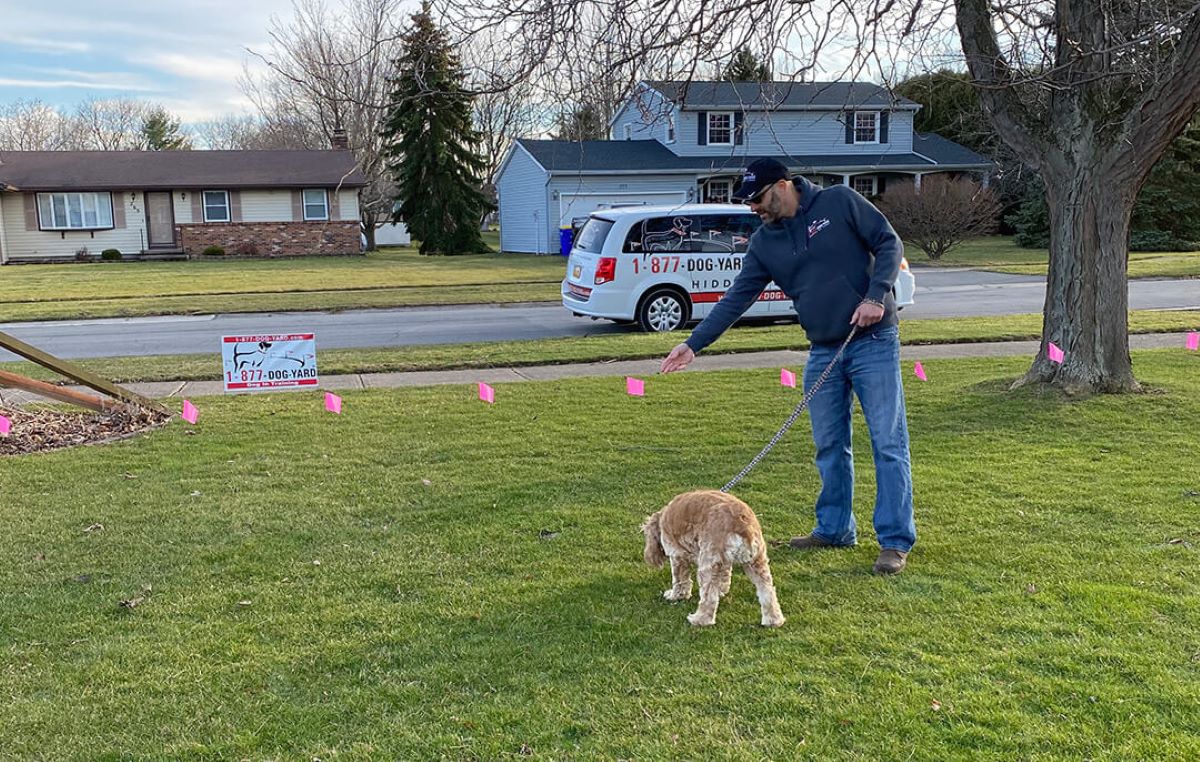
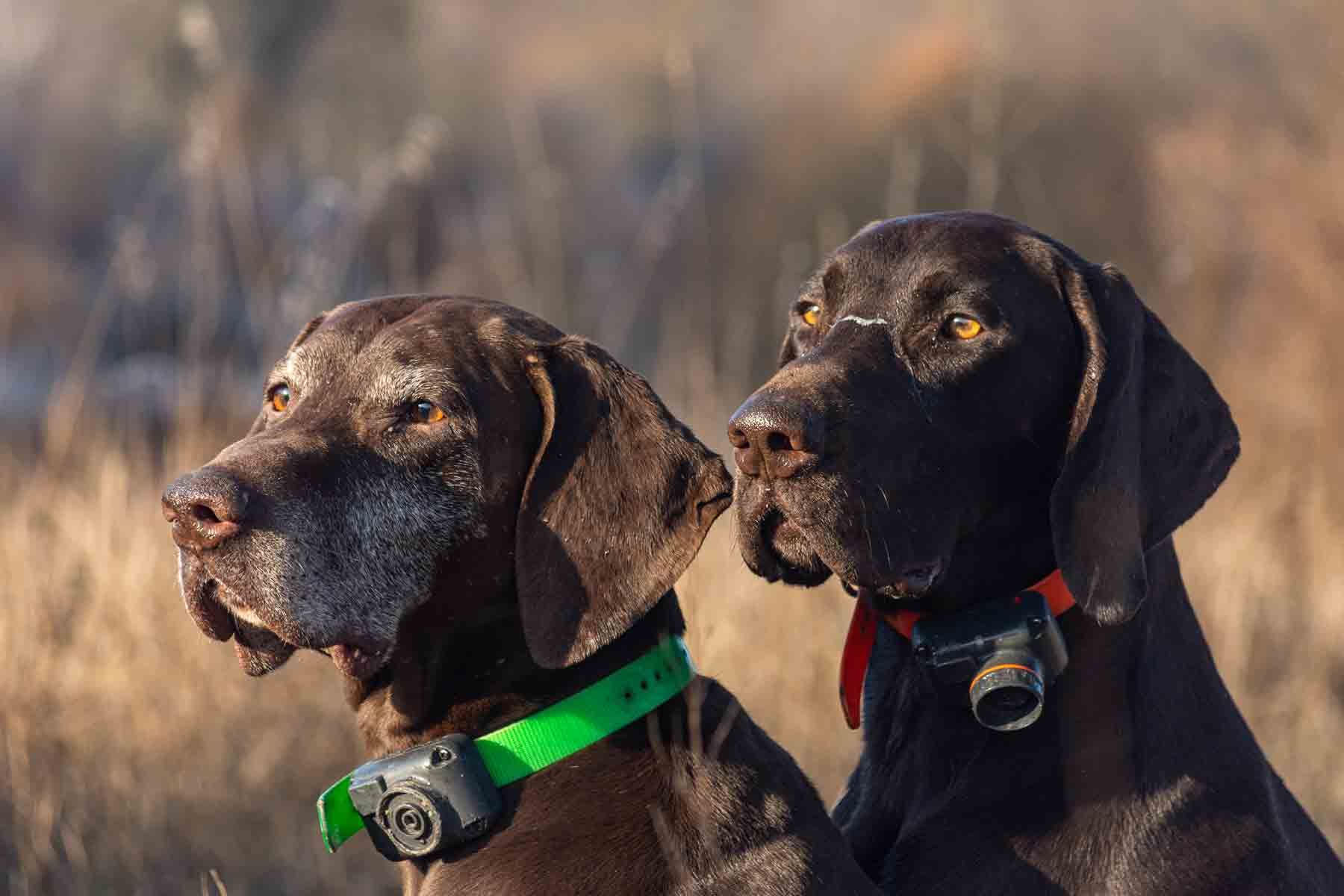
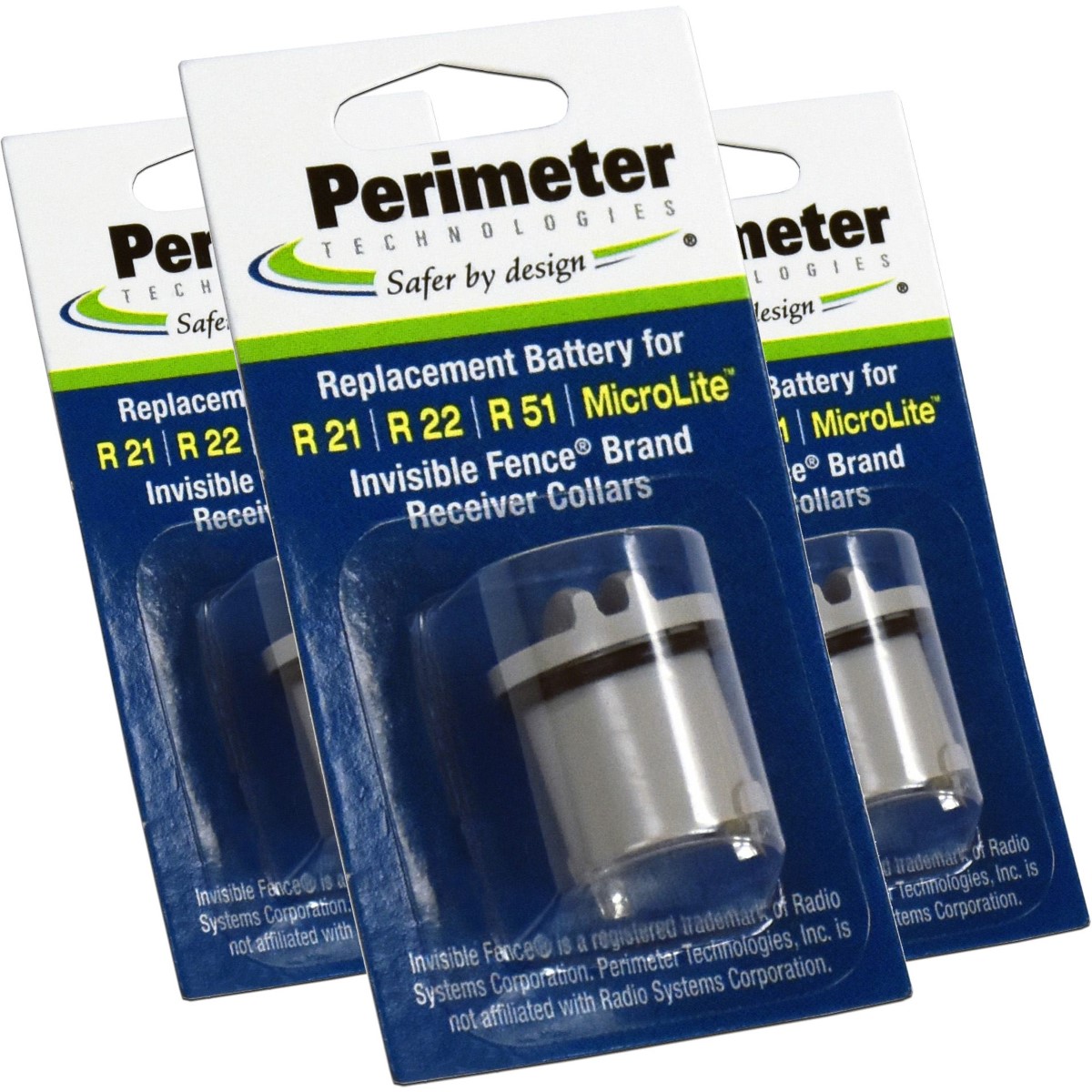
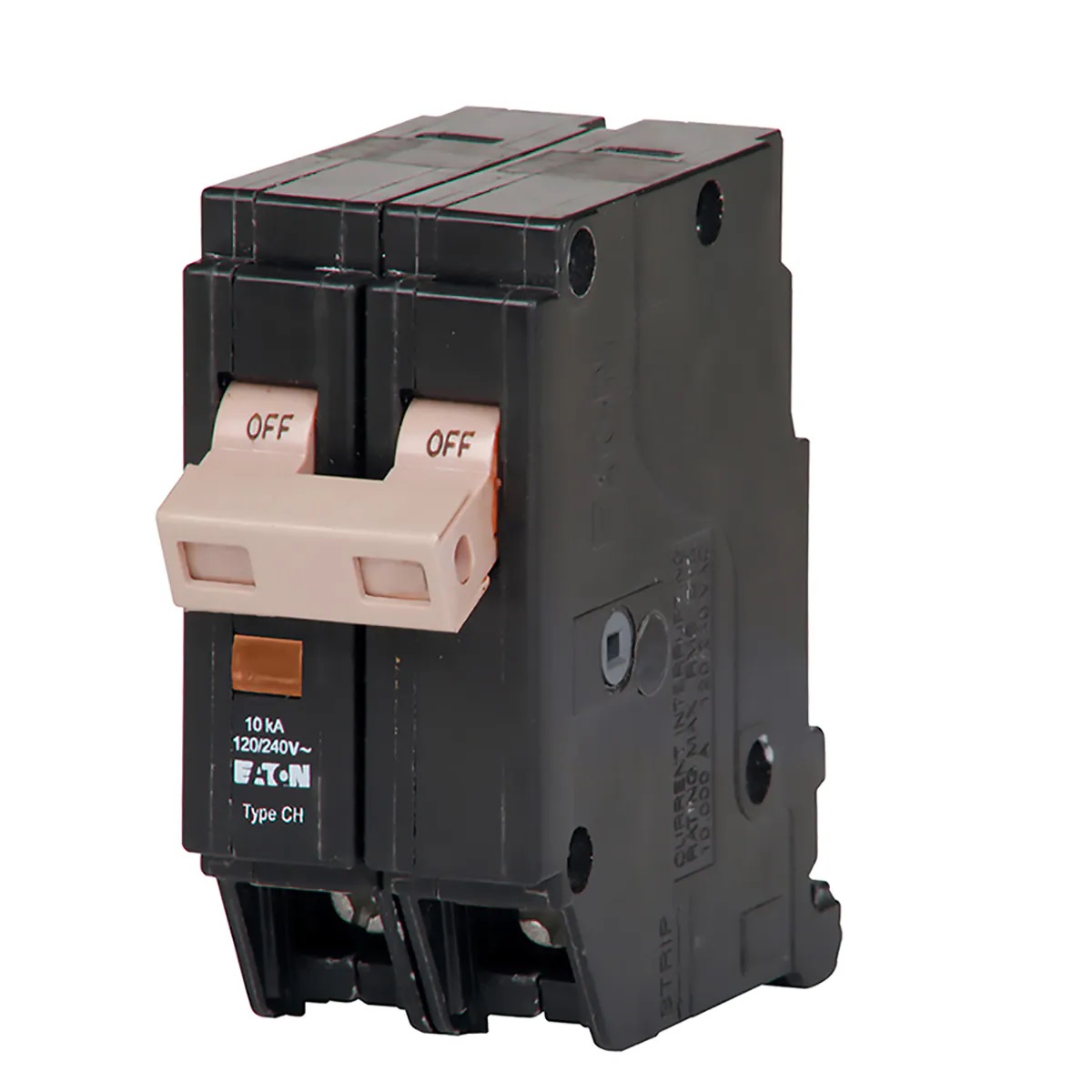
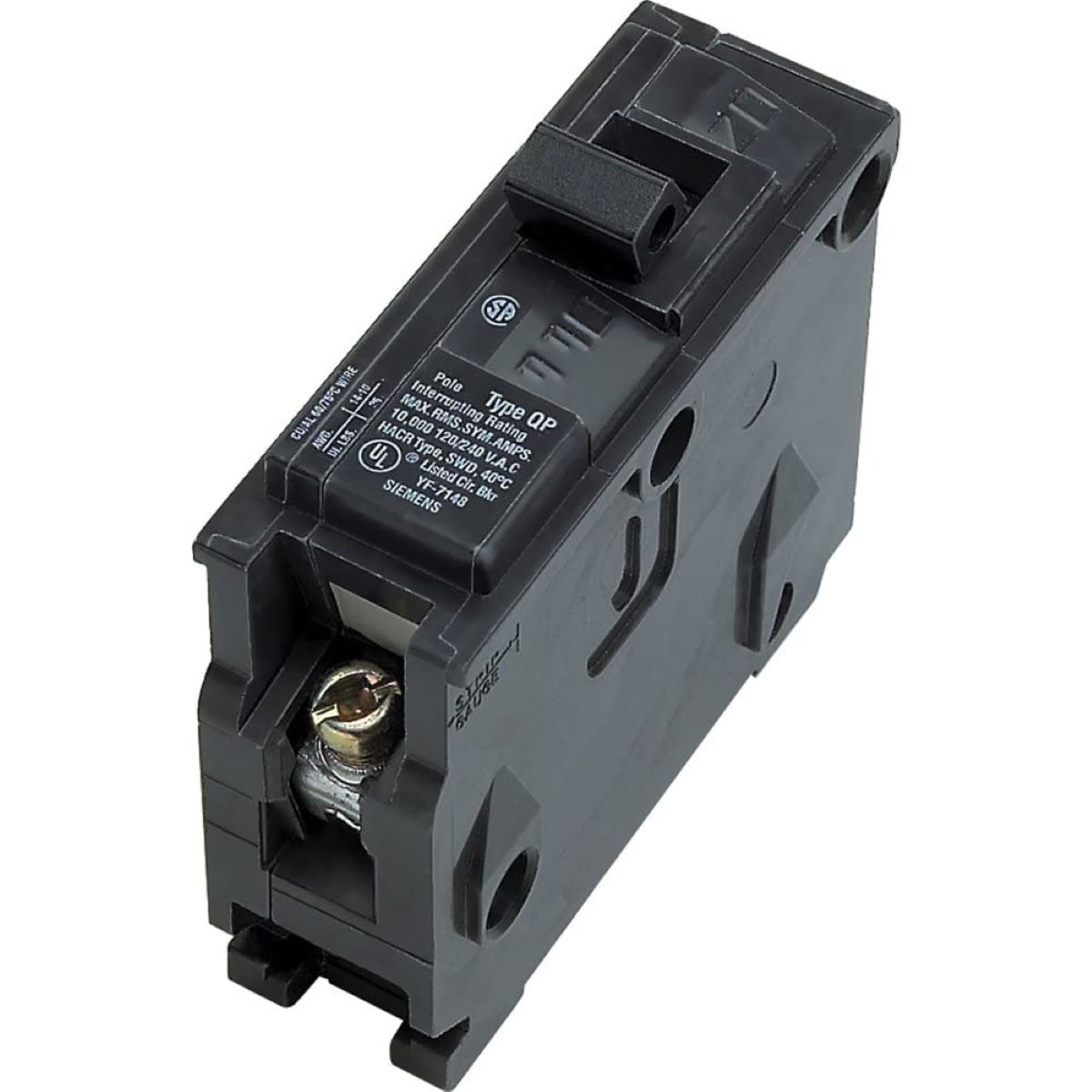
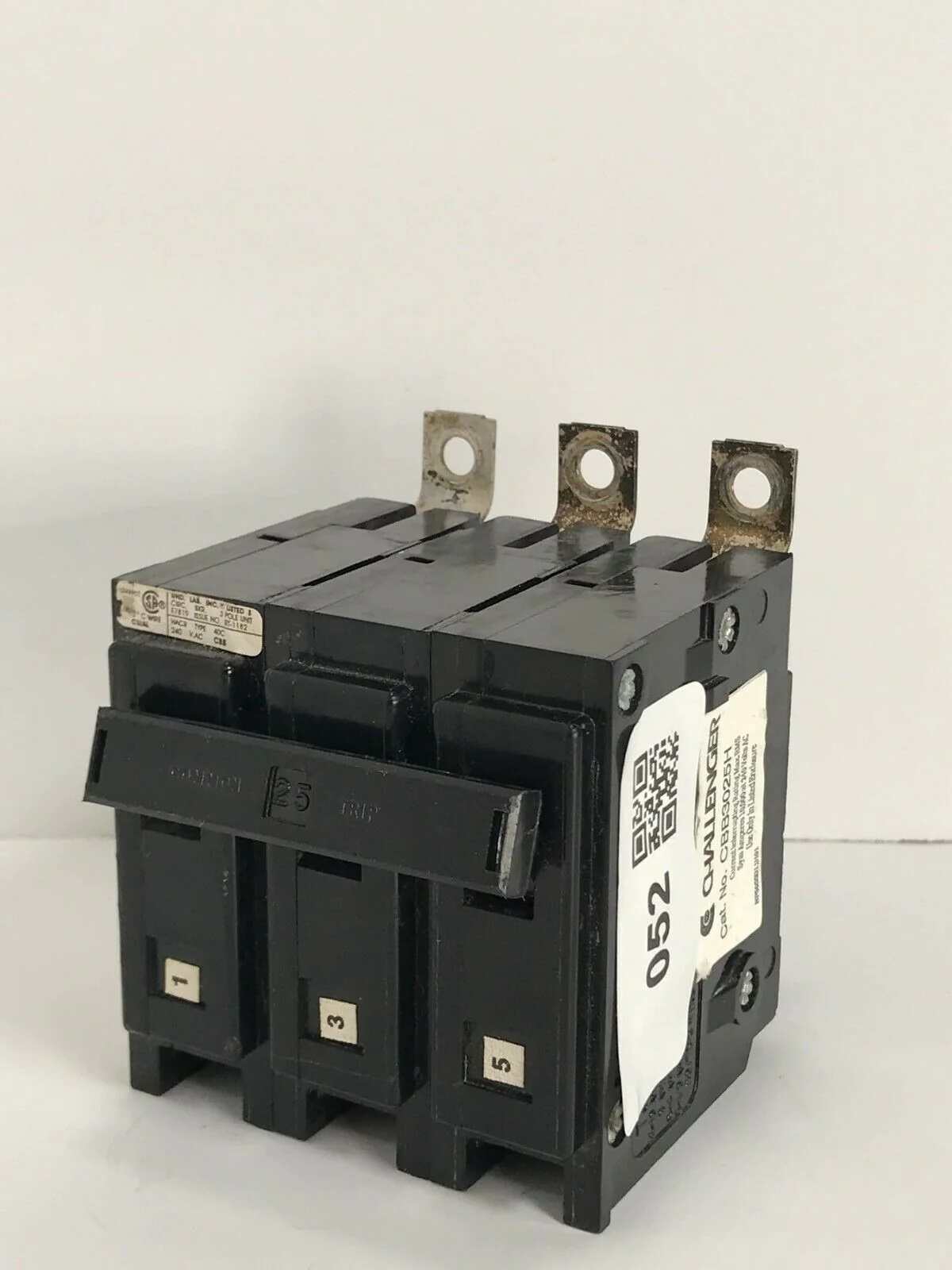
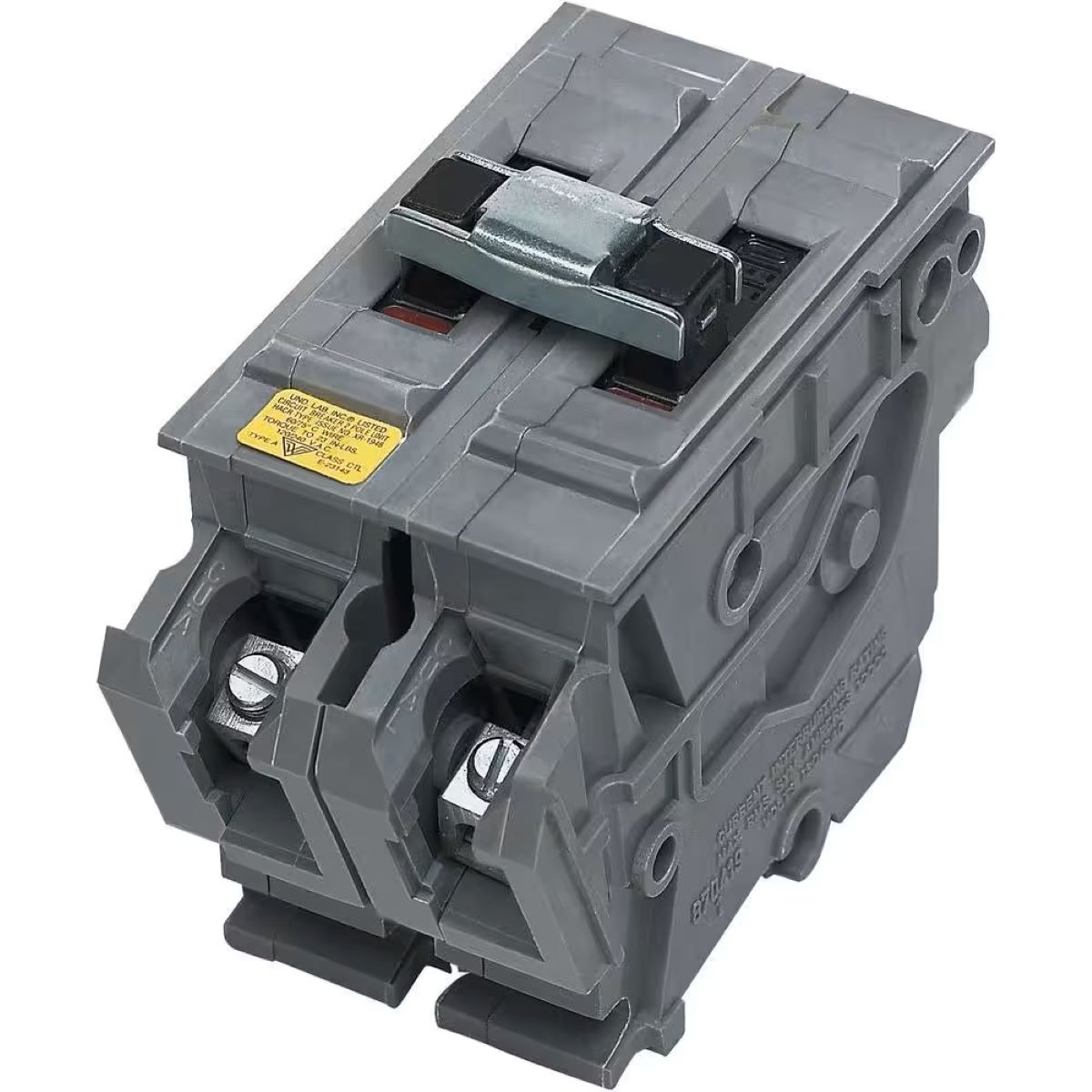
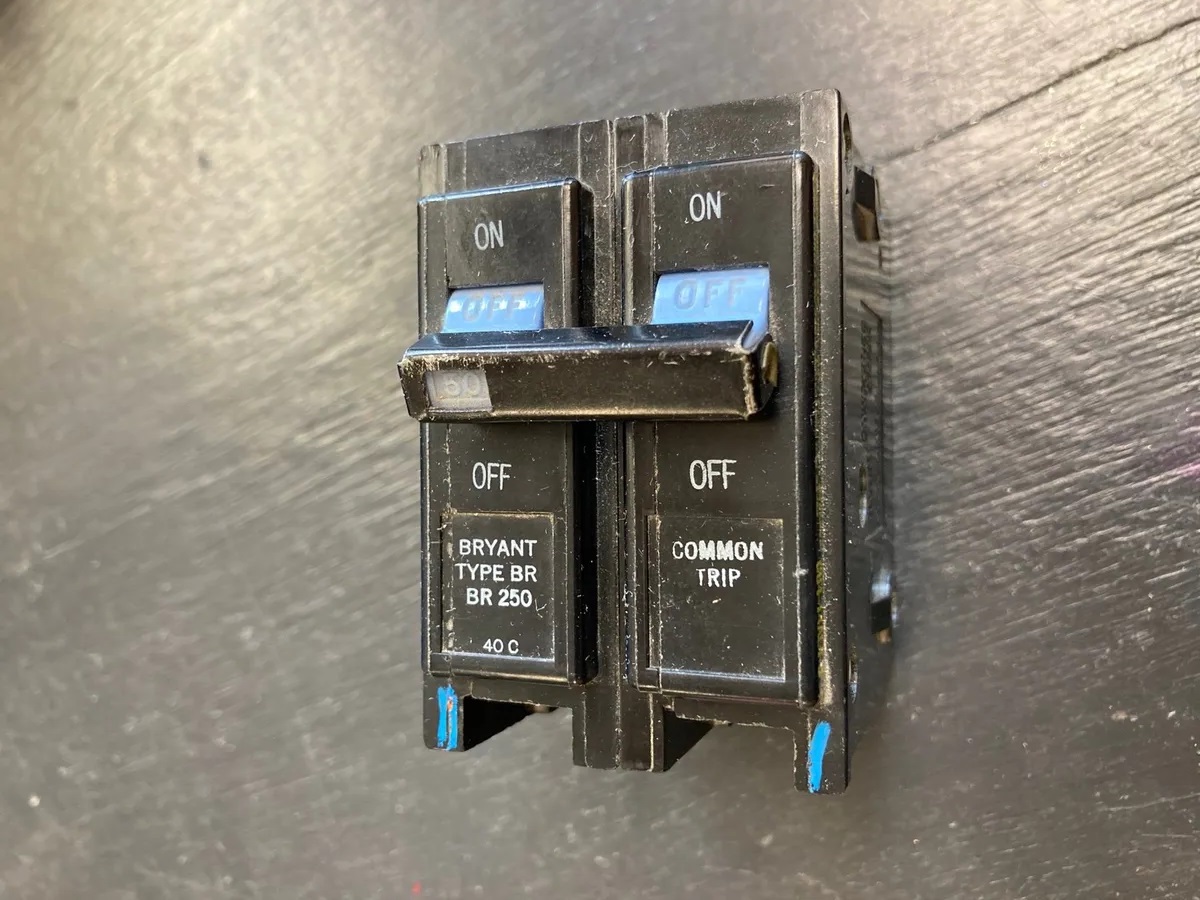
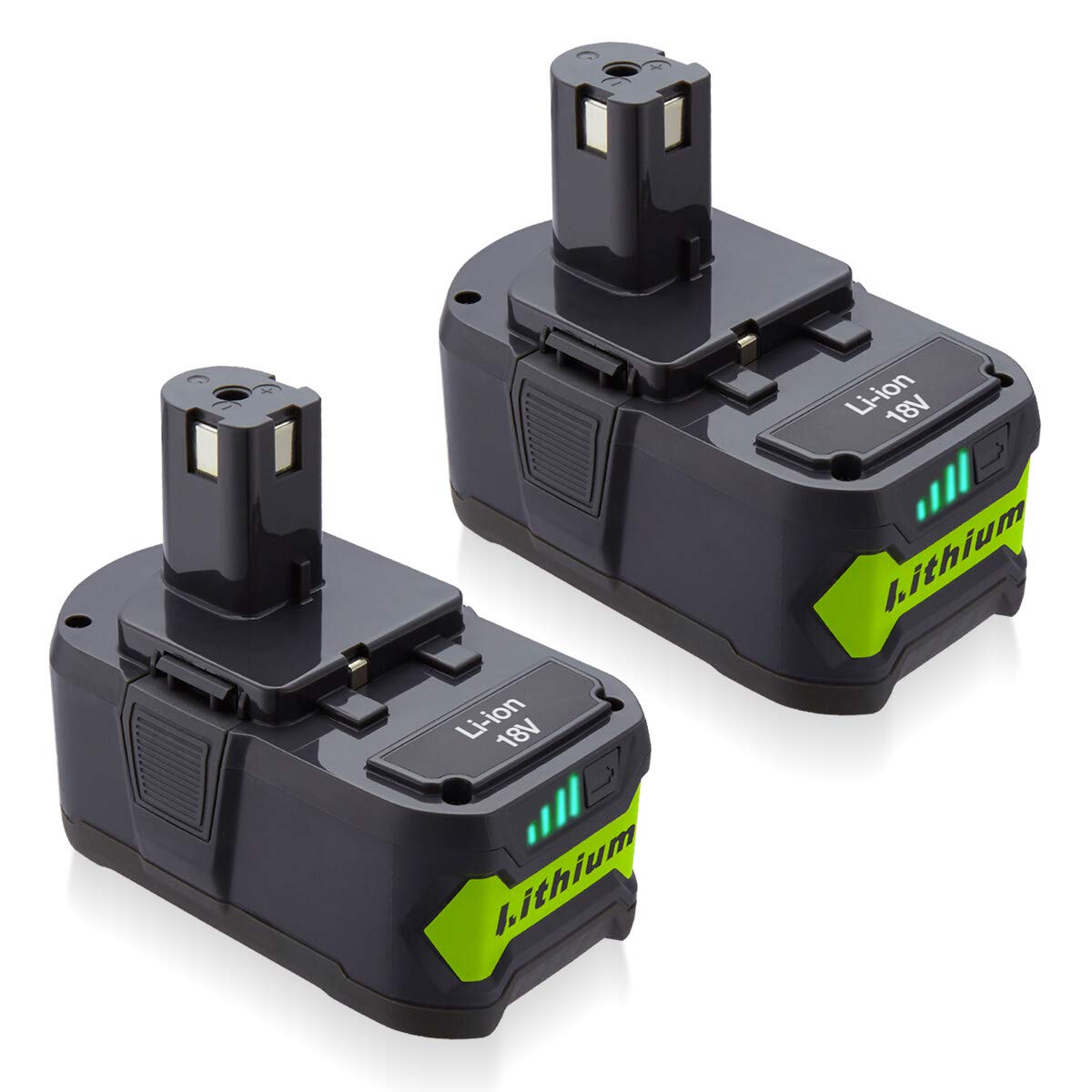
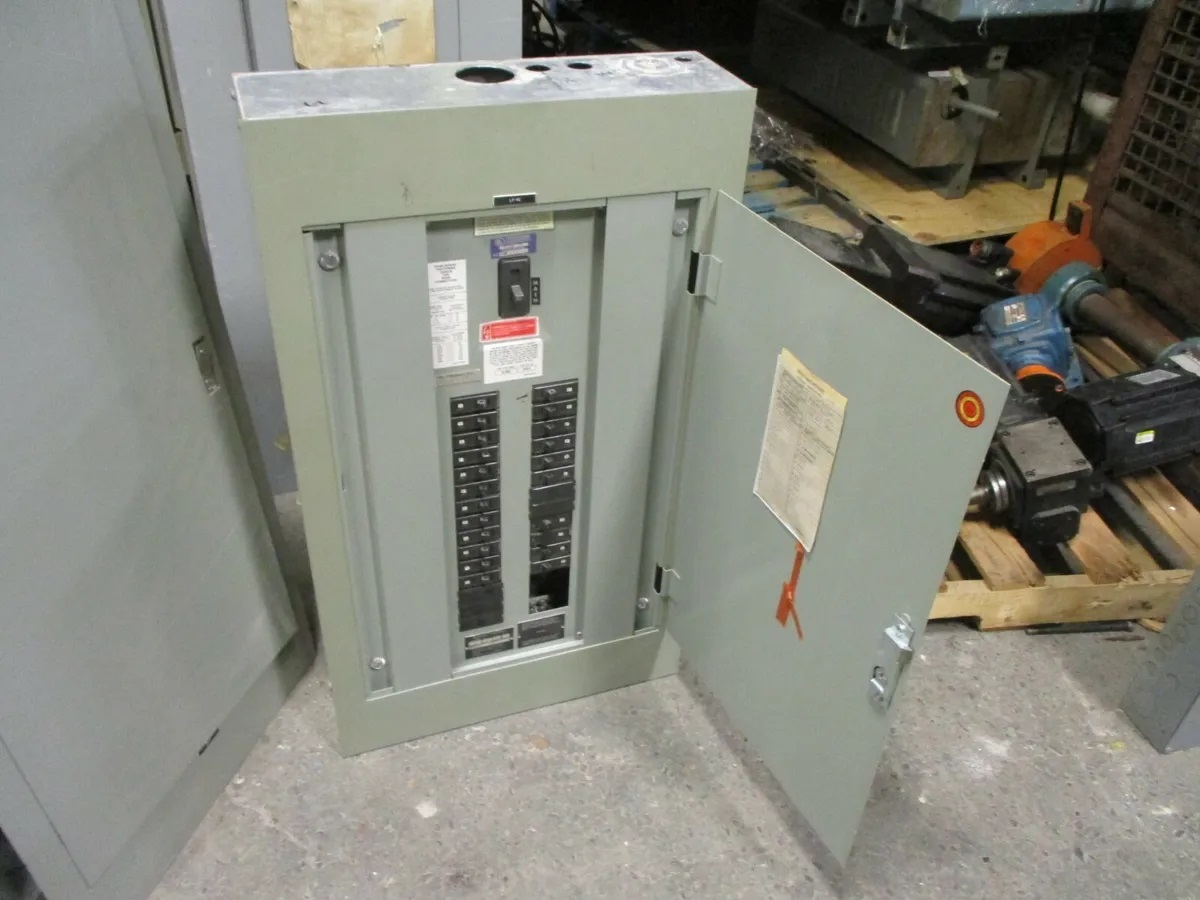
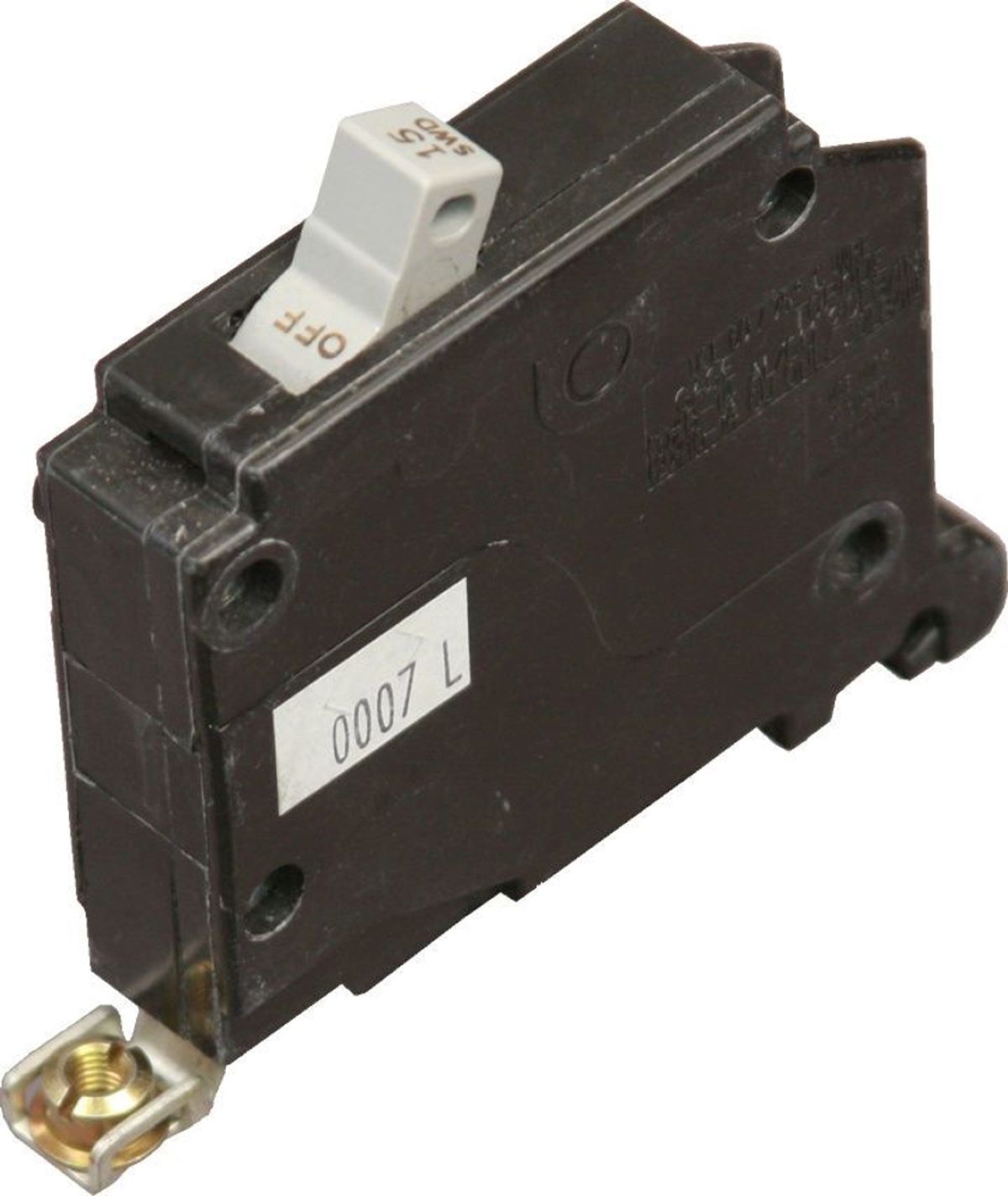
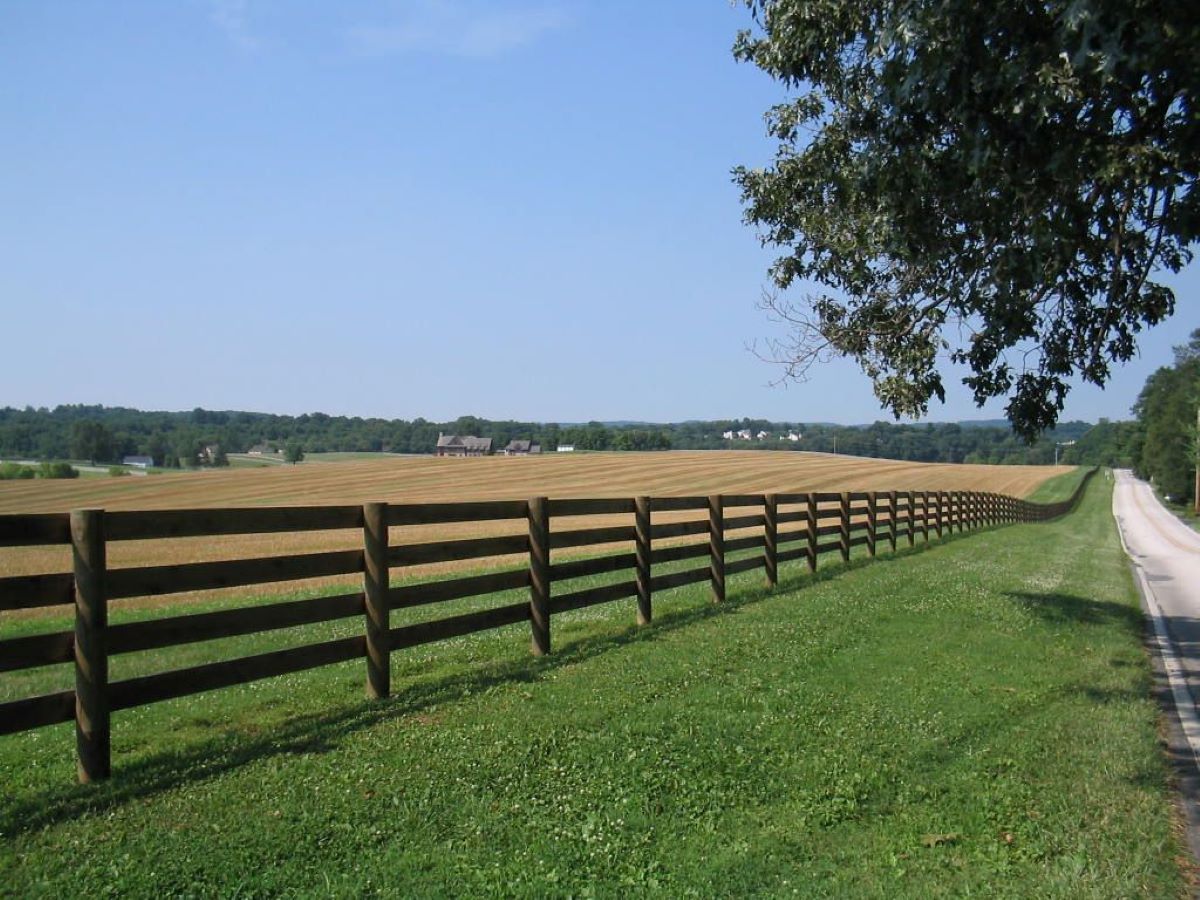


0 thoughts on “What Collars Are Compatible With Invisible Fence”